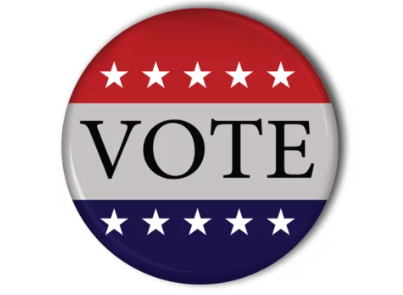The fabric of democracy in the United States is woven with a myriad of processes and systems, all of which come together during the presidential elections. This includes the intricate workings of the Electoral College, the pivotal roles of caucuses and primaries, and the grandeur of national conventions. To truly appreciate the complexity of the U.S. presidential election process, it’s essential to delve into these elements and understand their significance.
The Electoral College: A Unique Election System
The Concept of the Electoral College
The Electoral College isn’t a physical place but a process that forms the backbone of the U.S. presidential election system. It’s a group of electors from each state who, based on the results of the general election in their state, cast votes to select the President and Vice President.
The Electoral College in Action
The number of electors each state gets is equivalent to its total representation in Congress, which is based on the state’s population. When citizens cast their votes in the general election, they’re actually voting for a slate of electors pledged to their chosen candidate. These electors then cast their votes, and the candidate who receives a majority of electoral votes becomes the President.
Controversy Around the Electoral College
Despite being an integral part of the election process for centuries, the Electoral College has been a subject of debate and controversy. Critics argue that it can sometimes lead to a candidate winning the presidency without winning the majority of popular votes, thereby undermining the principle of direct democracy.
The Electoral College Through History
Throughout the history of U.S. presidential elections, the Electoral College has had a significant impact on the final result. There have been instances where candidates have secured the presidency despite losing the popular vote, demonstrating the decisive role of the Electoral College.
Caucuses and Primaries: The Starting Point of the Presidential Race
Understanding Caucuses and Primaries
Caucuses and primaries are the initial steps in the presidential election process where potential candidates are narrowed down. A caucus involves local party members meeting and voting for their preferred candidate, while a primary is a state-wide event where voters cast their ballots in private.
The Role of Caucuses and Primaries in Elections
These events are crucial as they set the stage for the election race. They offer the first glimpse of the candidates’ popularity among voters and can often predict which candidate might secure the party’s nomination.
Significant Caucuses and Primaries in History
Over the years, there have been numerous caucuses and primaries that have drastically altered the course of the presidential race. Some have led to dark horse candidates rising to prominence, while others have signaled major ideological shifts within a party.
National Conventions: A Celebration of Democracy
The Purpose of National Conventions
Once the dust settles on the caucuses and primaries, each party hosts a national convention. This event is where delegates from each state officially nominate their presidential and vice-presidential candidates. It’s also an opportunity for the parties to put forward their platforms and rally support ahead of the general election.
The Role of Delegates at the Convention
Delegates play a pivotal role at the convention. They cast their votes, usually reflecting the outcome of their state’s caucus or primary, and these votes determine the party’s nominees.
Historic Moments at National Conventions
National conventions are often remembered for their historic moments. These can range from groundbreaking speeches that galvanize the public to unexpected announcements that send shockwaves through the political landscape.
The Interplay: How These Elements Shape the Election Outcome
The Unified Journey Towards Electing a President
The Electoral College, caucuses, primaries, and national conventions aren’t isolated events but interconnected pieces of the election process. They each play a distinct role in shaping the journey towards electing the President, highlighting the complexity and dynamism of the U.S. political system.
Case Studies: When All Pieces Come Together
Certain election years provide intriguing examples of how these elements interact, with outcomes that underscore the unpredictability and excitement of the U.S. Presidential Election process.
The U.S. presidential election process is a testament to the country’s democratic principles. By understanding the intricacies of the Electoral College, the significance of caucuses and primaries, and the festivities of national conventions, we can better appreciate the complexity and grandeur of this process. With the ever-evolving political landscape, these processes may continue to transform,




